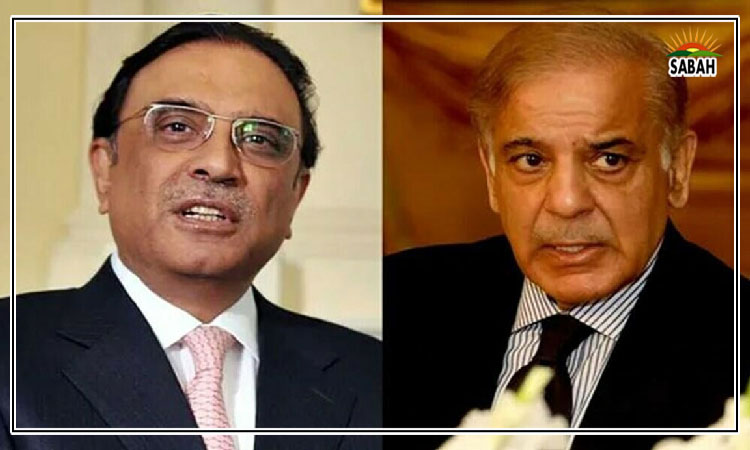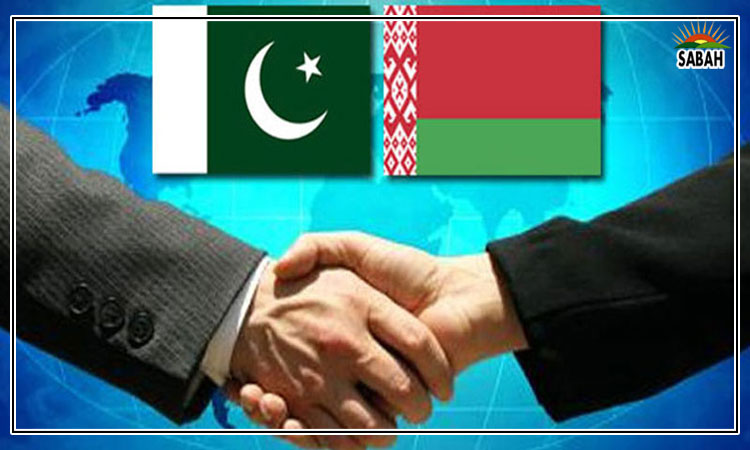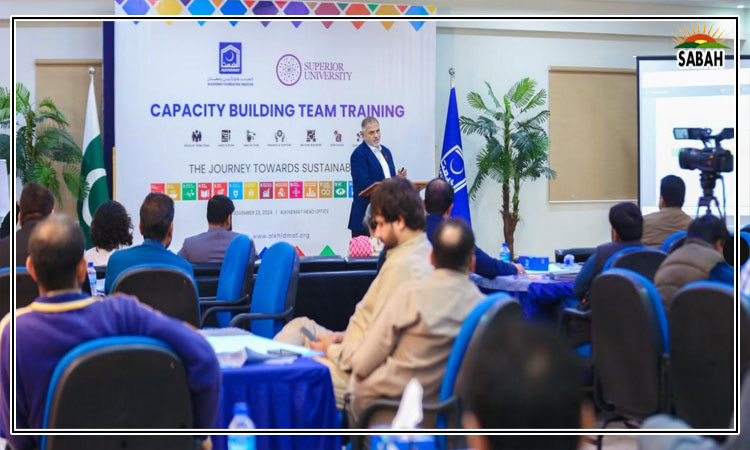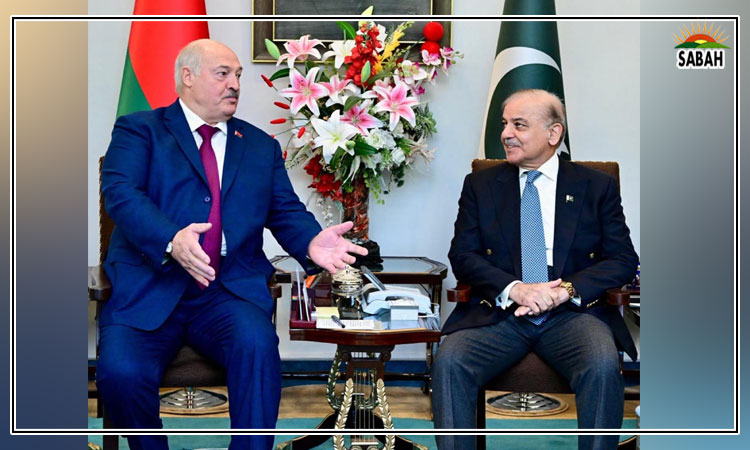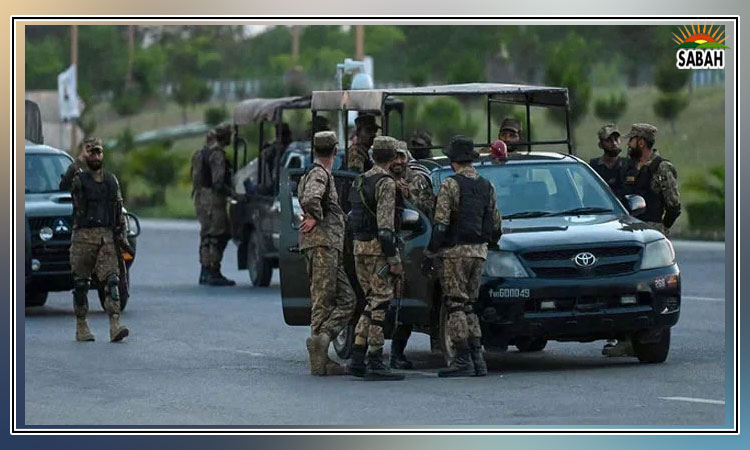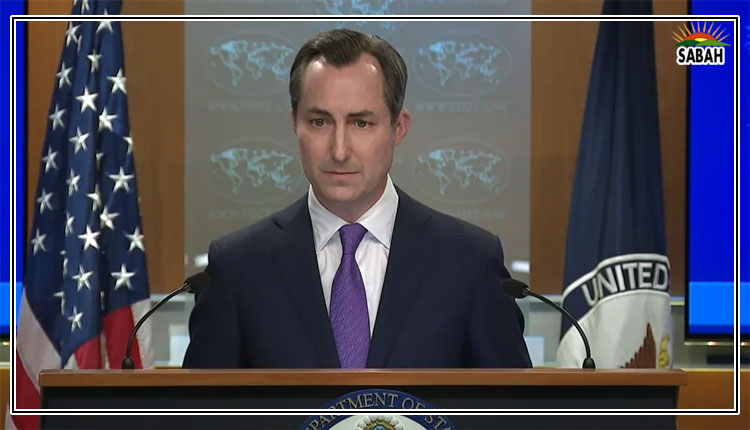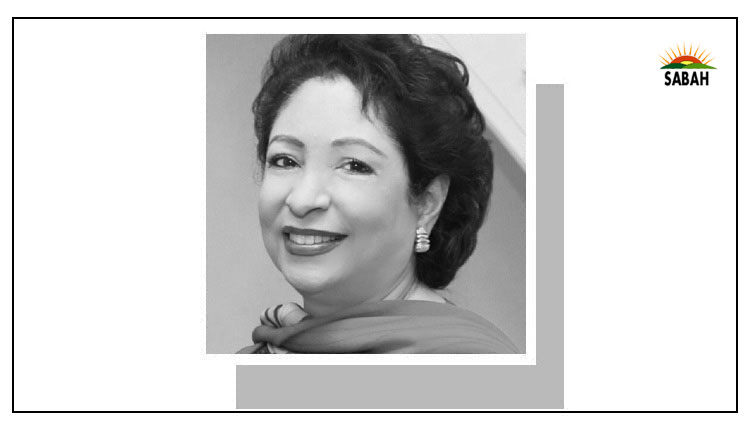Pakistan’s other crisis…Maleeha Lodhi
PAKISTANS macroeconomic crisis, the most serious in its history, continues to warrant urgent and sustained attention.
As is well known, the roots of this crisis lie in chronic fiscal deficits and external imbalances that are responsible for its perpetual balance-of-payments problems, high inflation and macroeconomic instability, necessitating repeated financial bailouts.
Today, this crisis has to be addressed in an adverse global environment where financial market conditions remain tight. All the economic trends for the country are negative and unlikely to be reversed any time soon.
Internal and external financial imbalances remain wide, foreign exchange reserves are fragile despite injections of funds from the IMF and friendly countries, inflation is at a historic high, domestic and foreign debt have reached unsustainable levels, the rupee has lost record value against the dollar, exports have fallen, overseas remittances have declined and foreign direct investment has plunged to a new low.
But there is another crisis that is worsening and is also consequential for Pakistans future. This is the crisis in human development with most indicators of literacy, education, health and other aspects of social justice and human welfare deteriorating in recent years.
The World Bank calls it a silent, deep human capital crisis. Its recent report Pakistan Human Capital Review quantifies this crisisand urges increased investment in human capital, pointing out that lack of this will continue to limit the countrys growth and development prospects. Many national and international reports and documents paint a grim picture of the state of human development.
According to UNDPs Global Human Development Report of 2022, Pakistans Human Development Index rank remains at 161 out of 192 countries with no progress recorded from 2019 to 2022. The WB report places Pakistan in the company of sub-Saharan African countries in the Human Capital Index, which at 0.41, is the lowest in South Asia.
The countrys education deficit should be treated as an emergency but barely figures in government priorities. No issue is more important for Pakistans future than the coverage and quality of education available to our children.
Yet the facts remain dismal. Pakistan has the worlds second-highest number of children, over 20 million (aged five to 16) out of school. Twelve million are girls. It means 44 per cent of children in this age group do not go to school. This violates the constitutional obligation set out in Article 25A that enjoins the state to provide free and compulsory education to all children of the age of five to 16 years.
The country is sleepwalking into a human development disaster of serious consequences for its future.
Of those who do go to school dropout rates are high. All this is the result of decades of neglect and chronic underspending on education. Just 2.4pc of GDP makes it among the lowest in South Asia. Only 14 of 195 countries spend less on education than Pakistan. Given Pakistans youthful demographic profile and education poverty, young people face a jobless and hopeless future unless the scale and quality of education is expanded.
Literacy levels have shown little improvement in recent years. Latest available official sources put literacy at 59pc, which means over 40pc of the population are illiterate. The literacy level has been virtually stagnant for the past five years or more, with spending on education also declining. No country has predicated economic progress on an illiterate base. Yet these levels remain largely unchanged.
In youth literacy, which is around 75pc, Pakistan is second from the bottom in South Asia. The gender gap is telling. According to the Pakistan Demographic and Health Survey 2017-18, almost half of women in the age group 15-25 are uneducated. 61pc of rural women are illiterate.
The poverty numbers are equally disturbing. With anaemic growth, soaring inflation (especially food inflation) and limited job creation, poverty has risen and become more severe. Of course, the Covid pandemic and megafloods of 2022 (reflecting the effects of climate change) contributed to this.
But the result is that more people have been driven below the poverty line. According to the WB, poverty is estimated to have risen by five percentage points to 39.4pc in FY23, with 12.5m more people pushed into poverty as compared to the previous year.
One of the most troubling phenomena is that of child stunting, which the Human Capital Review calls a public health crisis. The report finds around 40pc of Pakistani children under five are stunted a shocking number.
This condemns these children to a life of physical disability, poverty and deprivation and also exposes them to premature mortality. This is mostly the result of malnutrition primarily associated with poverty. Malnourished mothers are more likely to have stunted children. It is also the result of high fertility.
Stunting is worse in Sindh where it is 50pc of under-five children and in Khyber Pakhtunkhwa where it is 48pc. Again, this hardly attracts the attention of governments. The HCR report rightly calls for raising the national profile of stunting, which it describes as a major human capital catastrophe that merits national and local efforts to address it.
Progress in gender empowerment has been underwhelming despite some modest gains. Gender gaps in education, health, access to employment, financial services, information, political and other opportunities continue to be wide. In the Human Development Reports (2022) Gender Inequality Index, Pakistan is ranked 161 out of 191 countries.
It does worse in the World Economic Forums Global Gender Gap Report 2023, where it is 142 out of 146 countries among the bottom five countries. In educational attainment it is ranked 138 and at 132 for health and survival. Female labour force participation remains low among the lowest in Muslim countries 22pc compared to over 80pc for males. These statistics do not fully capture the multiple deprivations and injustices women face but they do underline how much needs to be done for half the countrys population.
The overall picture of various dimensions of human development is so bleak that it suggests Pakistan may be sleepwalking to a disaster that can only be ignored at great peril to the countrys stability, economic progress and prosperity.
Courtesy Dawn


